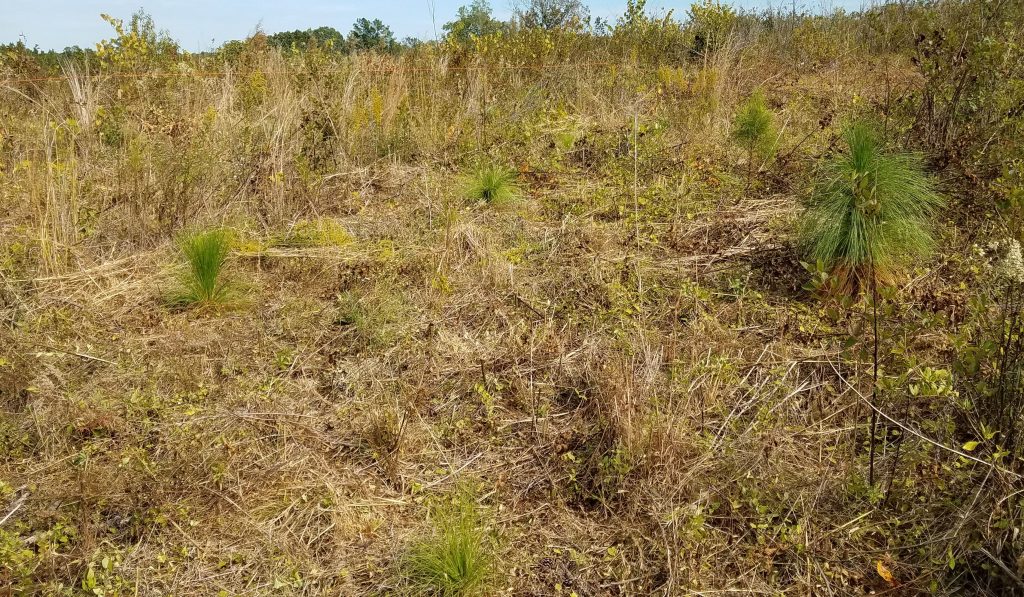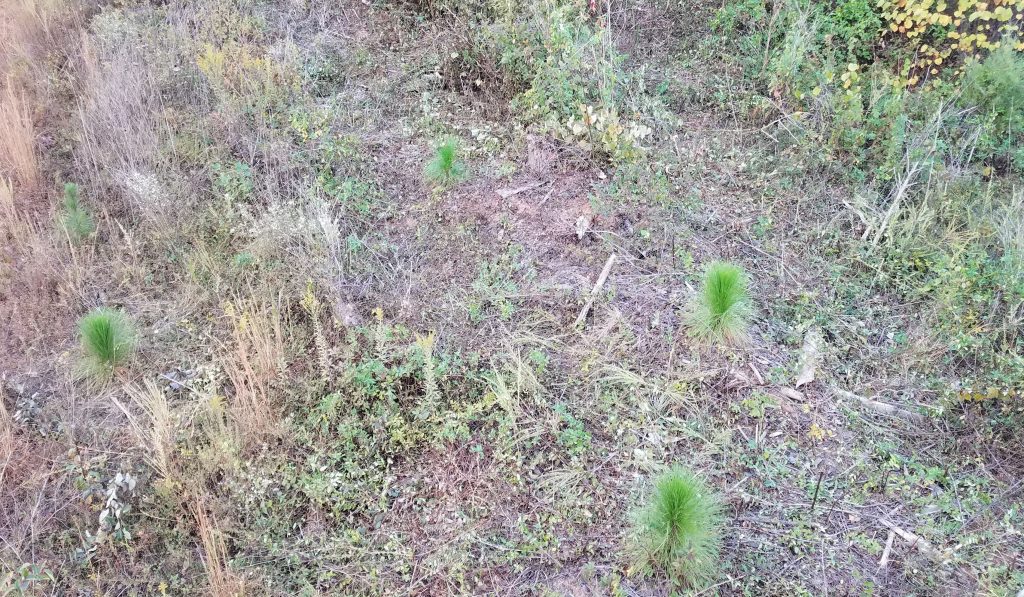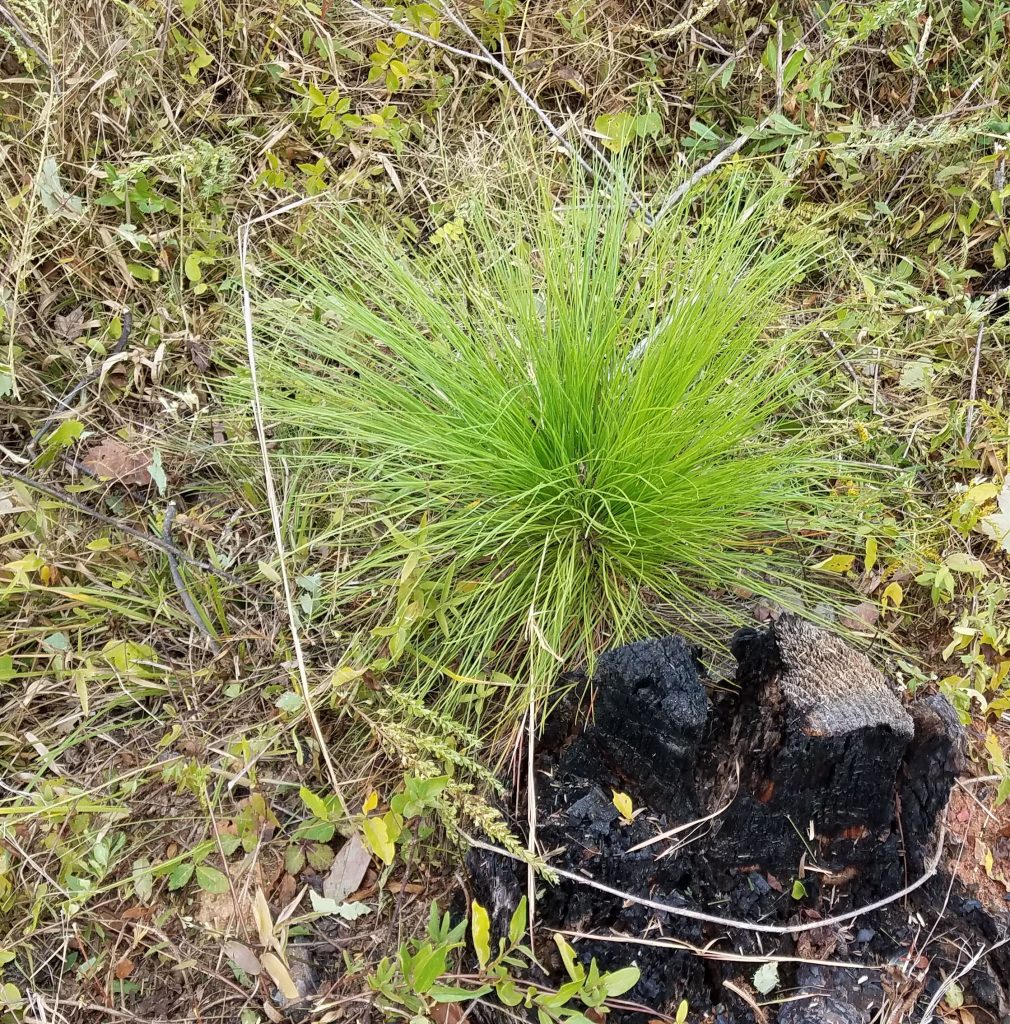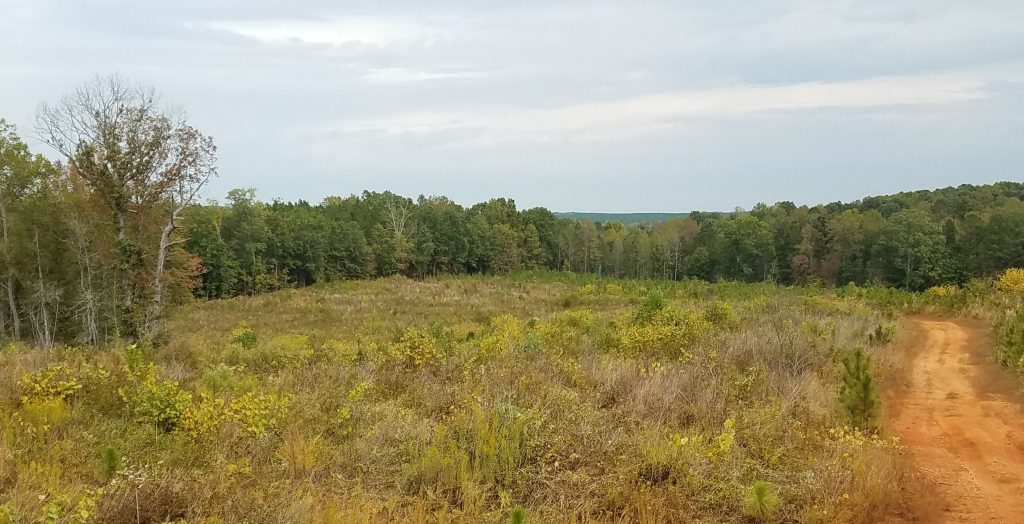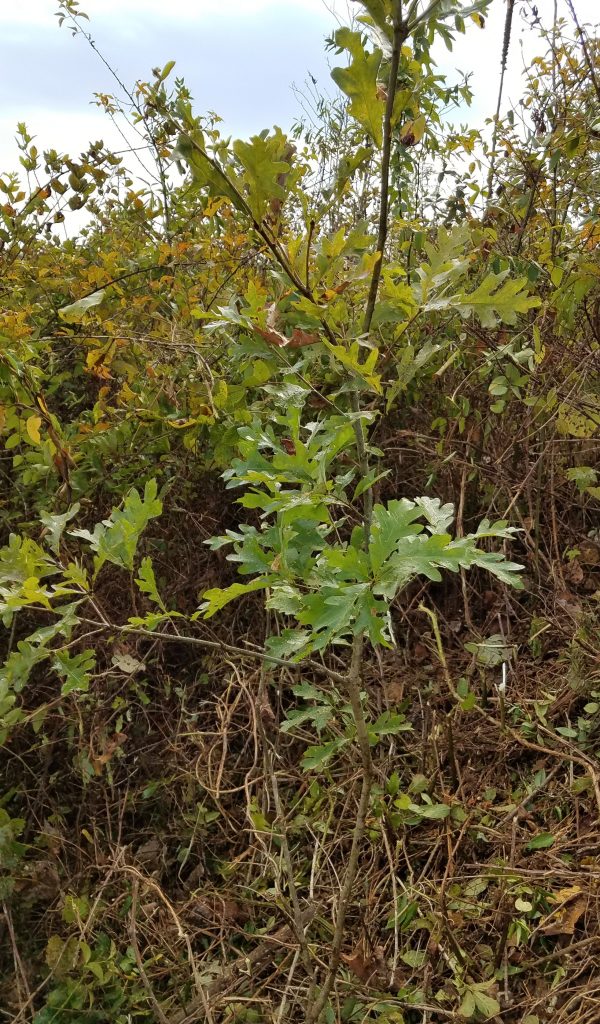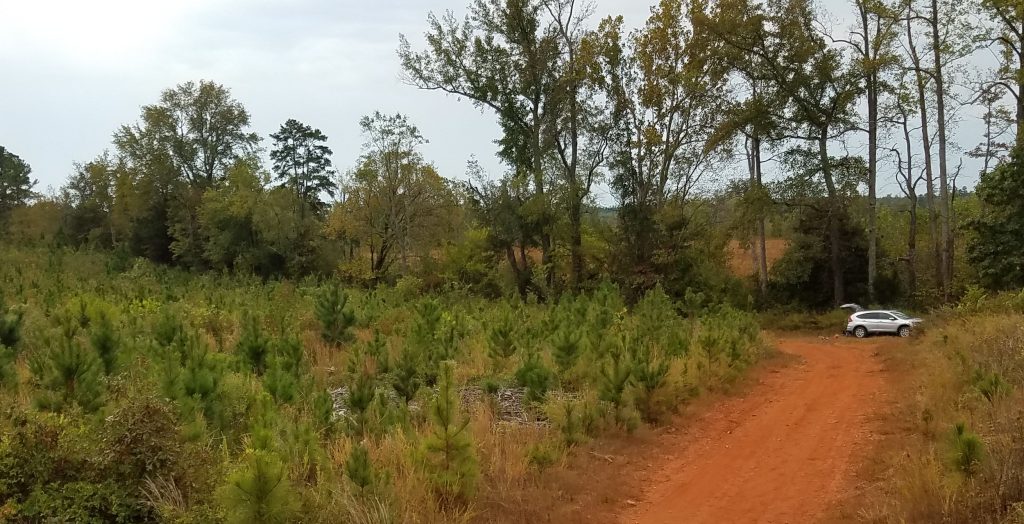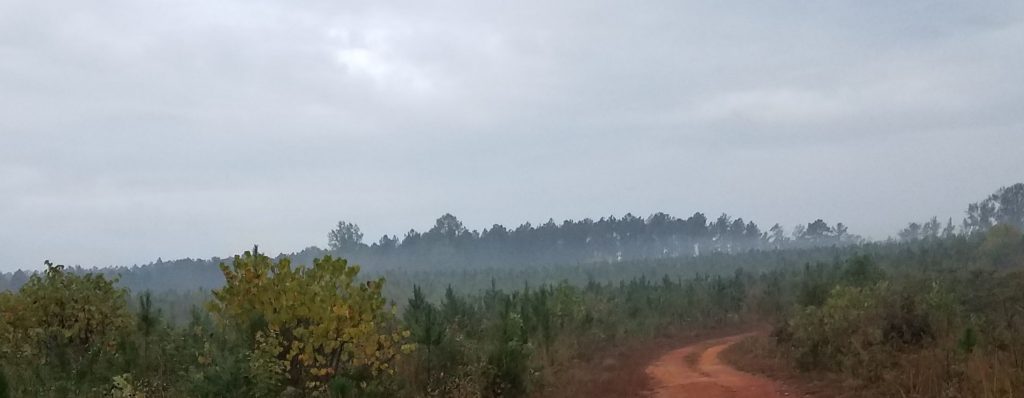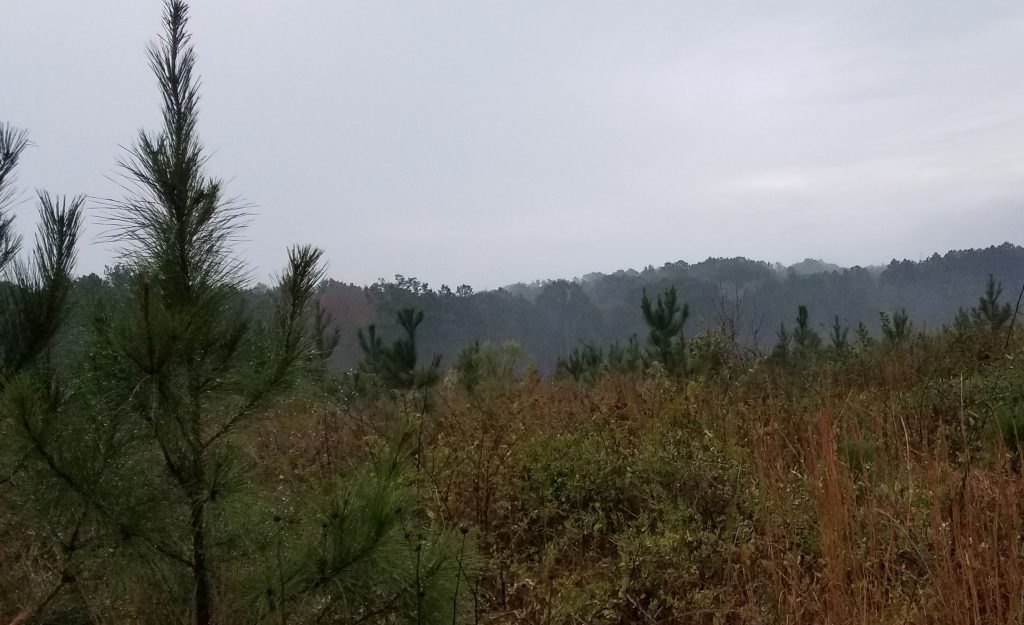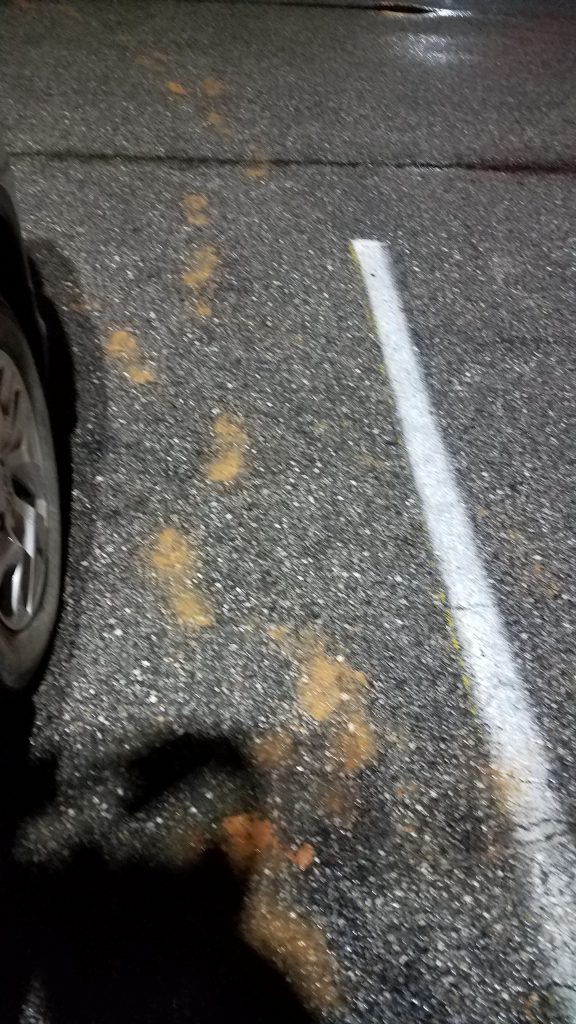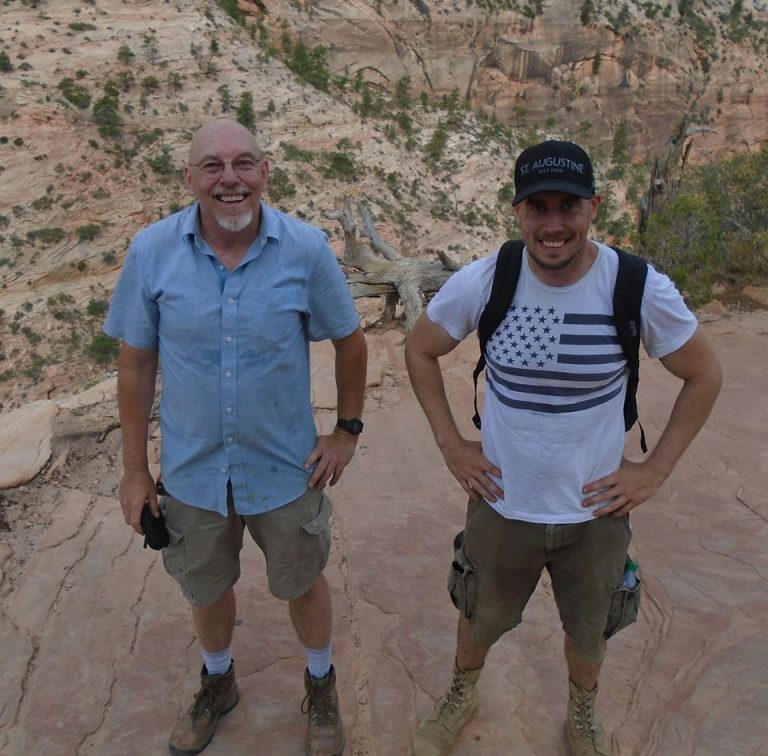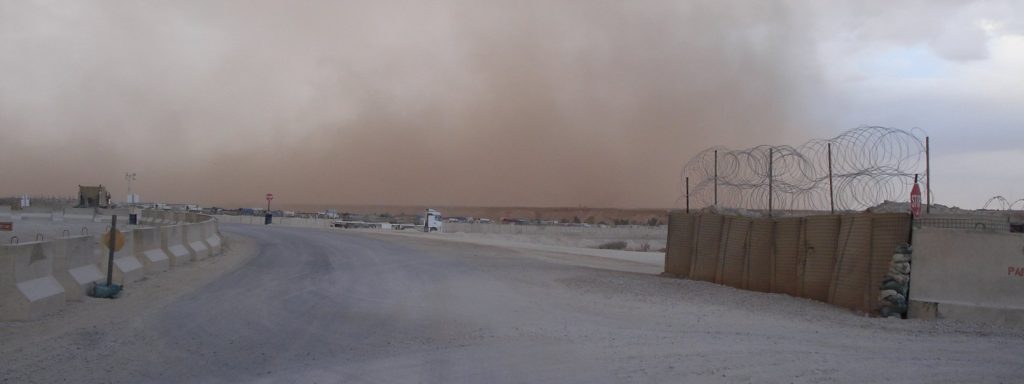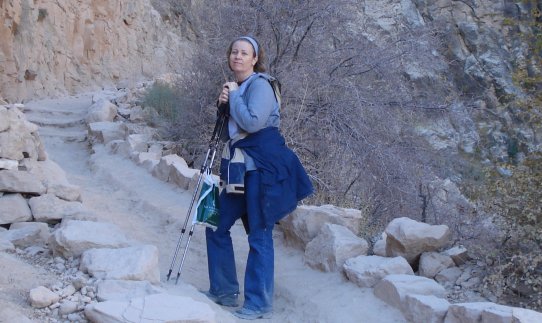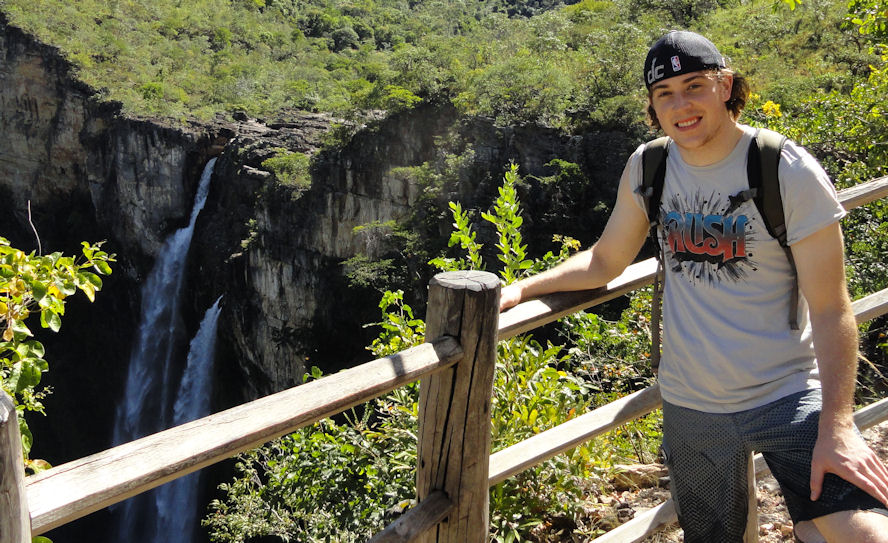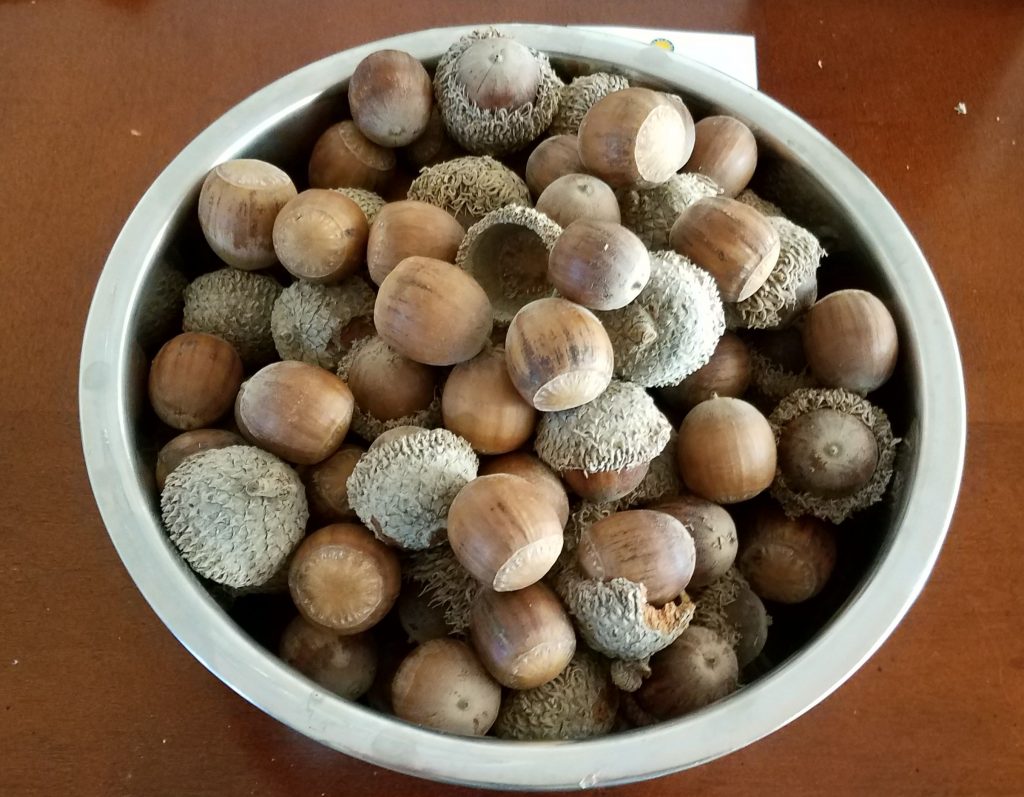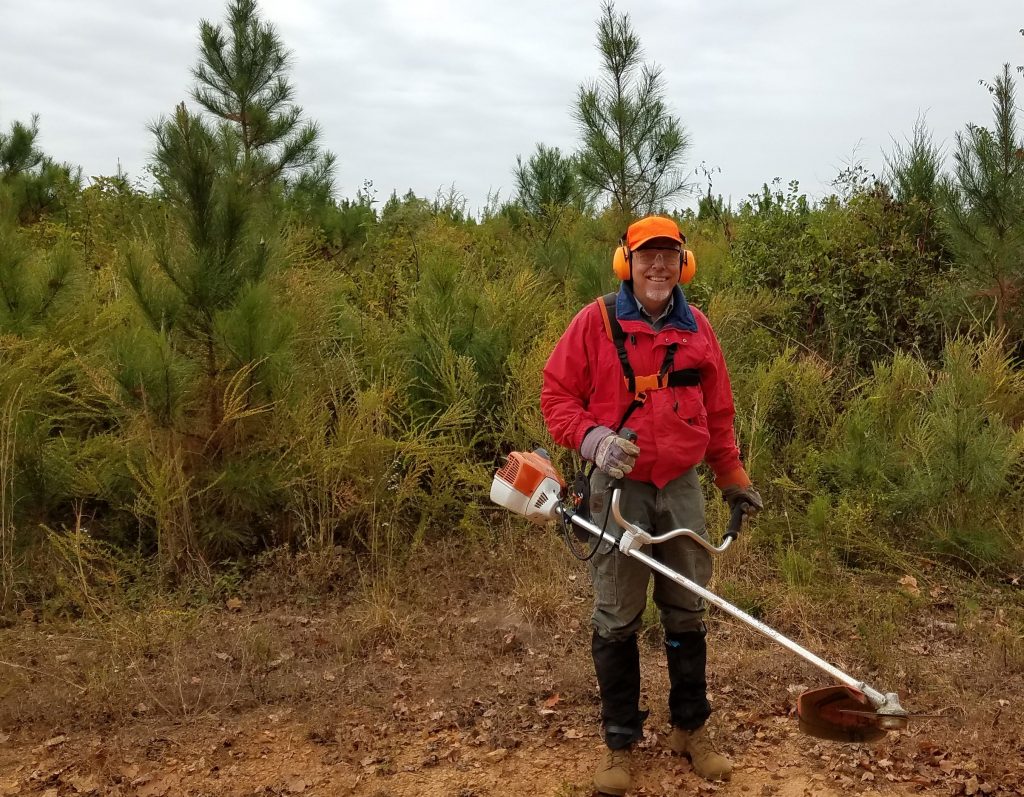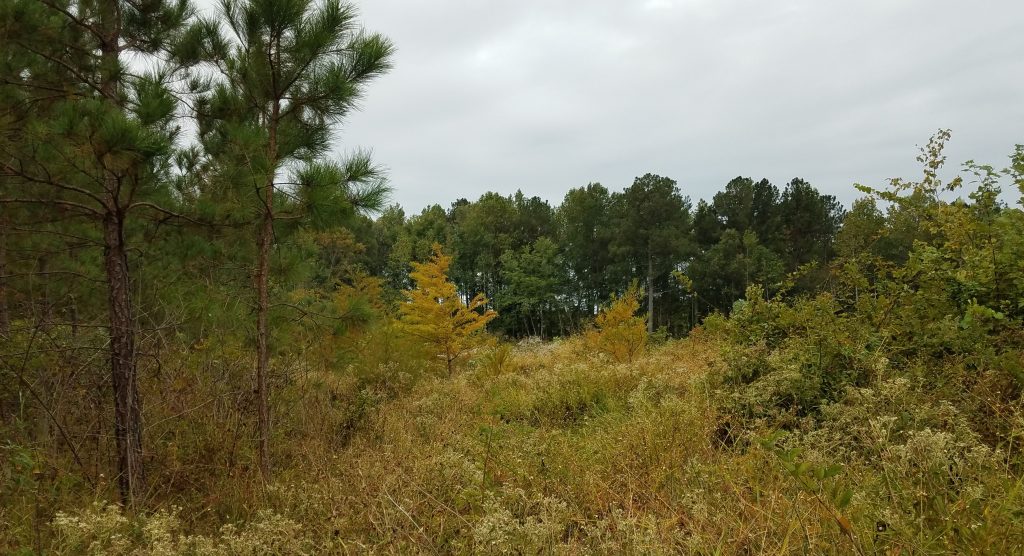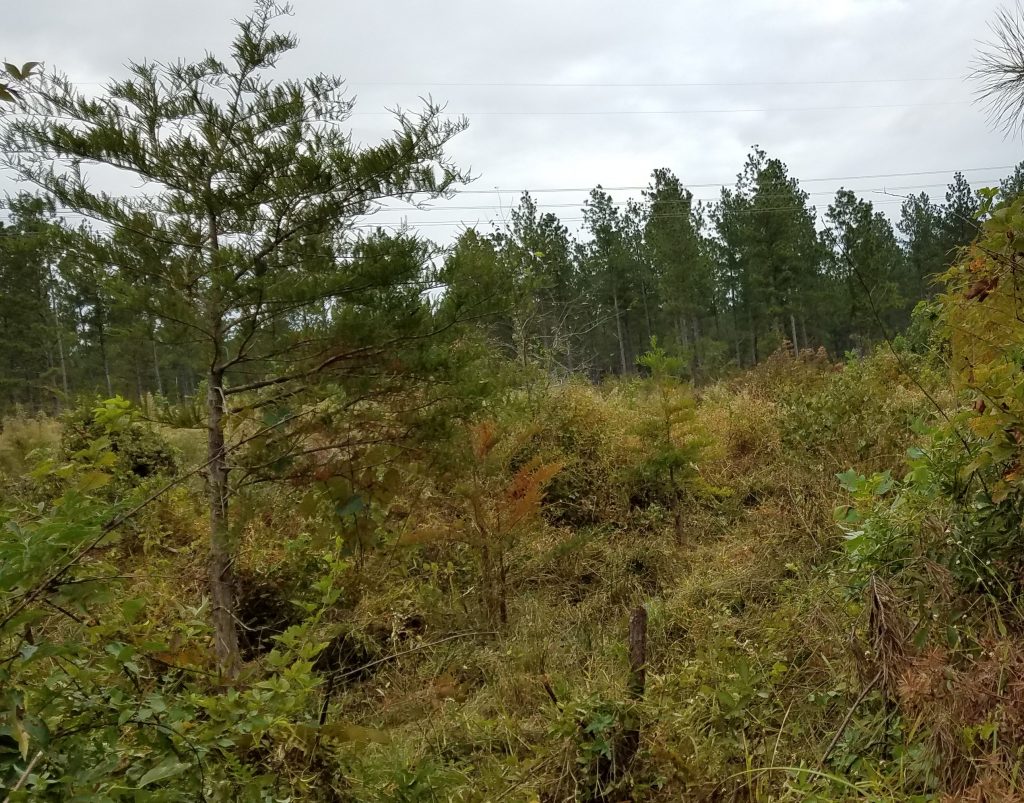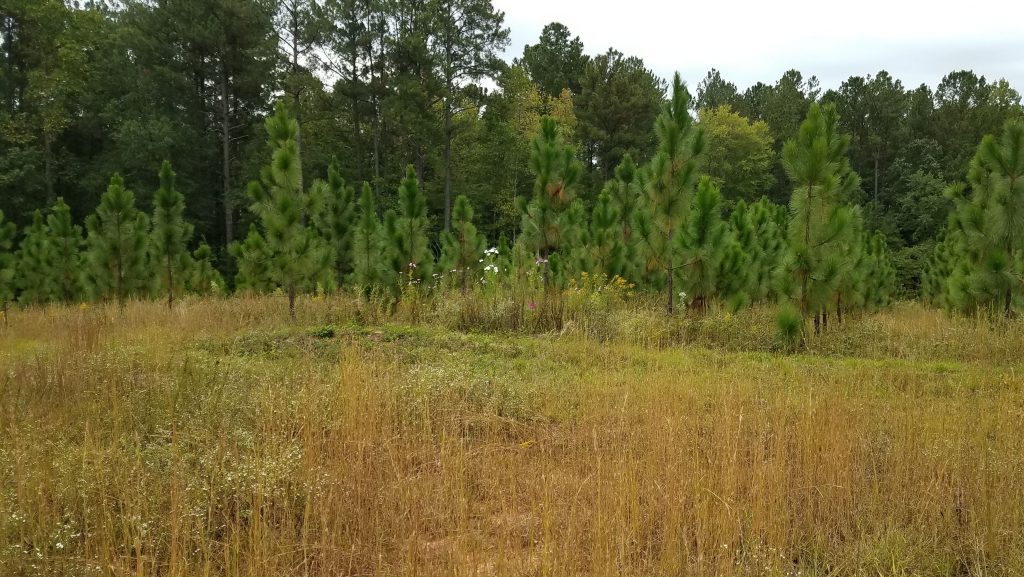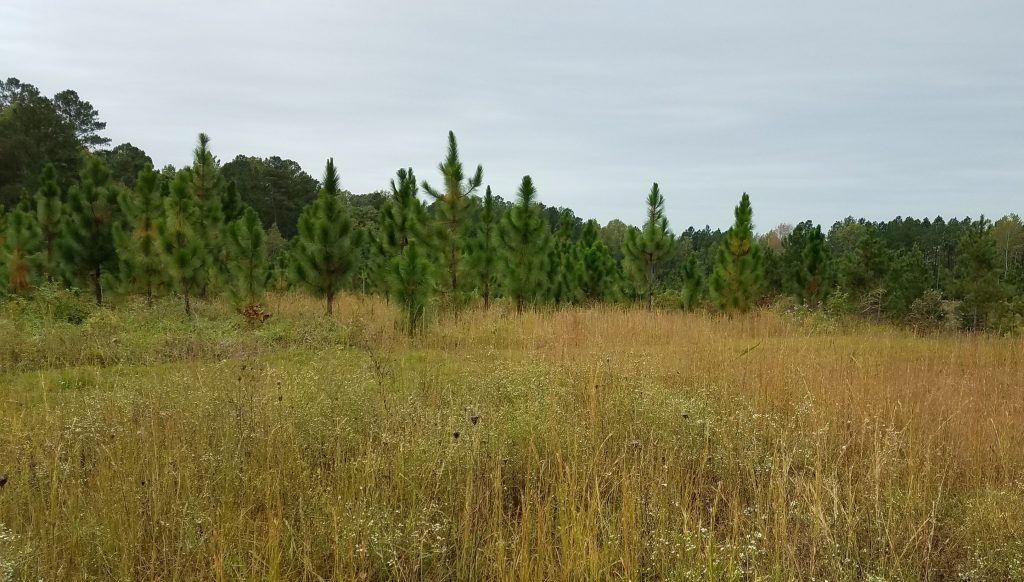Some stream of consciousness thoughts about growing up in Milwaukee.
We were poor by today’s standards, although the comparison is unfair. Everybody was poor in the past, since progress and innovation has made once scarce luxuries into common necessities. Of course, it worked the other way around too. My father often pointed out how easy we had it compared to when he was growing up.
Like most Americans, we called ourselves middle class, although I think we would have chosen the description working class had it been available. Milwaukee was a working-class city. I could see a couple of steel mills and a tannery from our kitchen window. Within walking distance were factories that made industrial equipment, cement and very good bratwurst & kielbasa. The workers at these places could walk to work.
Our neighborhood was “blighted” during part of my childhood, at least that is what the city told my father. My parents worried that they would punch a freeway through our neighborhood. They tended to do that to blighted neighborhoods. I-94 ended up about a mile to the west. That is another thing we could see from the kitchen window. Cars used to make a lot more pollution in those days and so there was a yellow smudge line along the western horizon except on windy days. The air was not clean generally. We forget sometimes how it was in industrial cities during the 1960s. Besides the cars, the steel mills to the south and the Solvay Coke & Gas plant to the north ensured that we got a variety of flavors added to our air. The Solvay Coke & Gas plant flared methane as a byproduct and the eternal flame glowed day and night. The east wind that blew cool air off Lake Michigan brought the smell of the sewage plant. We did not have any fresh air and got used to that. When I came back to Milwaukee from college in Stevens Point, Wisconsin is the first time I noticed the special smells of my native city.
But I do not want to leave the impression of dirt and blight. It was not like that. Milwaukee was a great place to grow up. Those same factories that produced that pollution also provided plentiful jobs. We had lots of parks and back then Milwaukee was very peaceful. We had almost no crime and families were generally stable. Kids used to “fight” all the time, but never with the intention of hurting each other significantly and we stopped fighting if there was any blood or sign of real injury. Our schools were crowded, but competently run and students were reasonably well behaved. We had good local libraries, so everybody who wanted had free access to the accumulated knowledge of the world. Our Milwaukee Public Museum was a true gem and our zoo was great. We had public pools and you could swim in Lake Michigan if you could tolerate the cold.
We rarely went anywhere and few people moved in or out during my childhood. We could wander only as far as we could reasonably walk in one day. We had stability.
We were baby-boom kids and there were lots of us, the biggest generation in American history. Schools were crowded and the cities strained to build more. Our elders and the authorities were not sure what to do with us, so they often tried just to chase us away.
The cops were always chasing us out of parks, out of businesses or just asking us to move along when we got together in groups. There was a curfew for kids and you had to be home by 11pm. The cops enforced the curfew. I do not recall being afraid of the cops generally, but I do remember that we just ran away when we saw a squad car. We used to play football in the road. The cops would – justifiably – chase us out. We used to play football in nearby empty lots. The cops would chase us out of these places only after someone called them, but someone always did. That meant that our games usually lasted only around 20 minutes.
Most people did not call the cops on us unless mightily provoked but there were three who always did, maybe because of their proximity to fields where we played. The only one whose name we really knew was Mr. Reiner. He disliked kids in general and would call the cops when we walked anywhere near his house. The cops would come and kick us out, but they would sometimes explain that it was only because of him. He took the extraordinary step of painting in block letters on the side of his own garage – “Mothers watch your children.” A little down the road was a guy we just called “The Crab.” He was odd. He lived with his mother and was friendly to individual boys, but hostile to groups. My mother told me stay clear of such guys and I did. He called the cops as soon he spotted us, assuming we would soon be up to no good in his eyes. The last guy we called the “God D**M Man” because he would always come out swearing at us. He tended to yell and swear before he called the cops, so we would withdraw a little until he went in and then come back. The cops were usually okay to us. They would tell us to go to the park and play, where other cops would tell us to go home if we hung around too long.
Just as we were unaware that our baby-boom status was a departure from tradition, we did not know that we were the tail end of ethnic America. A generation earlier, our parents had been members of ethnic groups. They spoke different languages at home and were vaguely or openly hostile to other groups. Our generation remembered the ethnicity and would respond to surprising frequent question, “What are you?” by describing our purported ethnic heritage, but it didn’t make much difference.
I do recall a funny case of prominent ethnicity involving my father and our neighbor John Domelewski. They were arguing because John D accused us kids of making a mess in the alley. My father jumped to our defense, since he thought that he should enjoy a monopoly of yelling at his kid. John D and my old man were yelling loud enough to attract the attention of Mr. Gebhardt. Mr. Gebhardt was proudly German and a former Marine. He had the thickest white hair I have ever seen, trimmed to a flat head crew cut. I always thought he looked like a bald eagle. I think he would have been pleased.
Anyway, my father was calling John D a dumb pollock and John D was calling my father a stupid pollock. I don’t doubt that Mr. Gebhardt thought that both were right. They would not have come to blows. My father and John D were not that sort. But they calmed down and when they did they discovered that we kids were indeed guilty as John Domeleski said.
We had been playing in the alley and catching bubble bees in peanut butter jars. The trick was to catch the bee, shake the jar to make it mad and then release it close or onto a nearby friend. They rarely stung, but if they did it was just a temporary pain. If you cried about it, you suffered the greater pain of being ridiculed, but the anger option was available. I do not recall all the details, but someone had broken the bee jar in the alley and then, as often happens, we made a bigger mess. We had to clean up the whole alley, even though our mess was localized. My father and John Domelweski retired to their preferred activity of drinking beer as they watched us work.
I think this stands out in my memory for a few reasons. First, my father never got angry like that. This was odd. Second, parents, neighbors, cops and teachers – all adults – usually stood in solidarity against kids. If we were accused, we were usually thought to be guilty or at least culpable.


